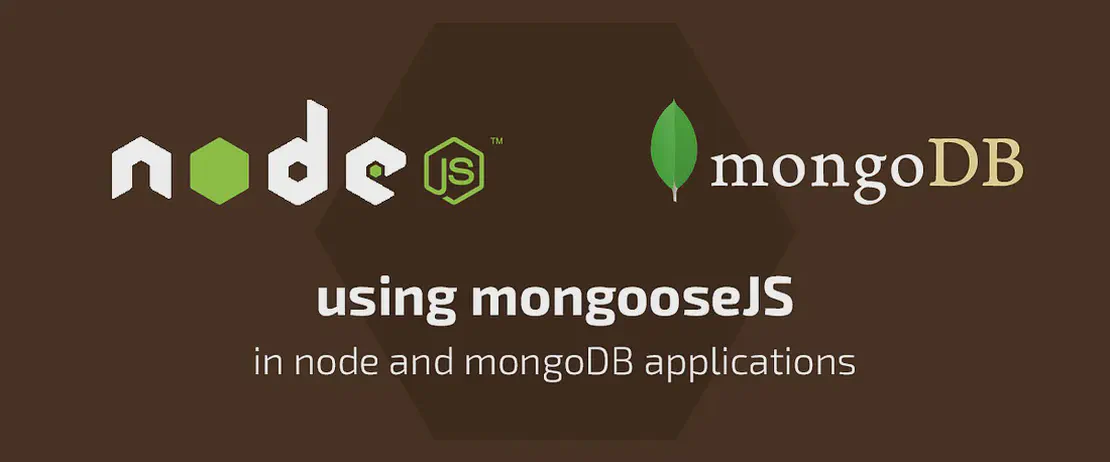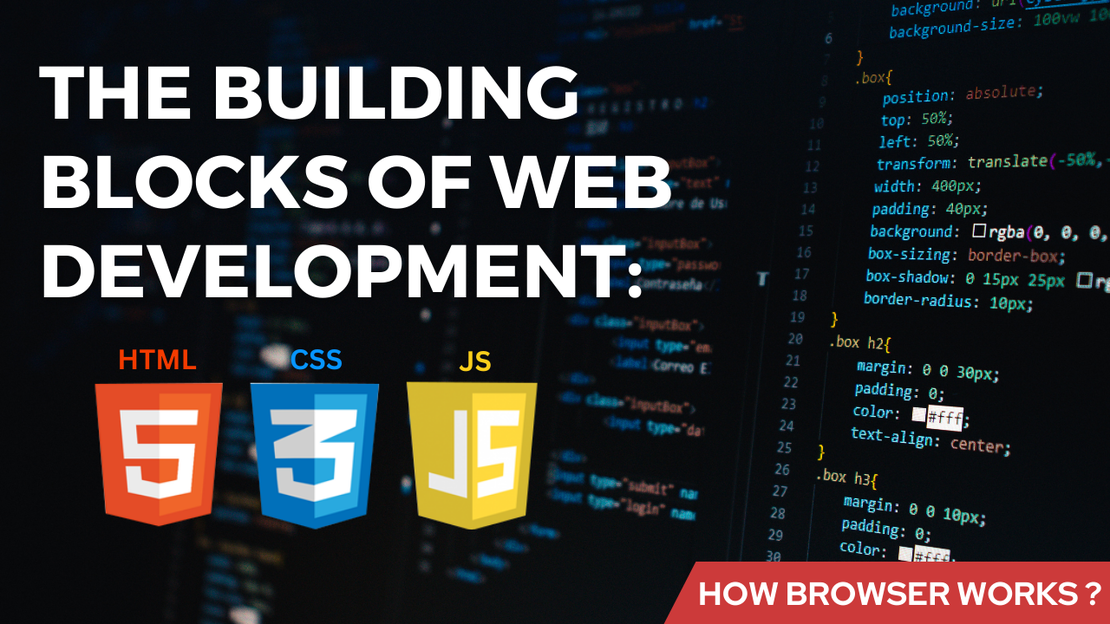
How to Build a Clean, Secure CRUD API with MongoDB, Mongoose, and Express.js
- Beta Priyoko
- Java script , Backend development
- September 17, 2024
Introduction:
Building a clean, scalable, and secure API is essential for any modern web application. In this tutorial, we’ll walk through the process of creating a fully functional CRUD API using MongoDB, Mongoose, and Express.js.
Our API will allow users to perform Create, Read, Update, and Delete operations while ensuring that the application follows best practices in terms of security, maintainability, and code clarity. We’ll also implement JWT-based authentication for user login, protecting certain routes with middleware to ensure secure access to sensitive data.
By the end of this guide, you’ll have a solid understanding of how to:
- Set up a MongoDB connection using Mongoose.
- Create a user model with password hashing.
- Implement authentication and authorization using JWT.
- Structure your Express.js project for long-term maintainability following the DRY principle.
Whether you’re working on a small project or preparing to scale your application, this step-by-step guide will help you create a reliable and secure API service from scratch.
Prerequisites:
Before starting, make sure you have the following in place:
Node.js and npm: Ensure that Node.js and npm (Node Package Manager) are installed on your system. You can download them from here. Check the installation with:
node -v npm -vBasic knowledge of JavaScript and Node.js: You should have a working understanding of JavaScript and the basics of Node.js to follow along with this guide.
MongoDB Atlas account or local MongoDB server: You’ll need access to a MongoDB database. You can either:
- Set up a free MongoDB Atlas cloud account here and get a connection string.
- Or install MongoDB locally on your system.
Postman or cURL for testing APIs: You can use Postman or cURL to test the API endpoints. Postman is more user-friendly and can be downloaded here.
Understanding of RESTful APIs: Familiarity with the basics of RESTful APIs will be helpful. We’ll be creating REST endpoints for CRUD operations (Create, Read, Update, Delete).
Git (Optional): For version control and managing your project, Git is recommended. You can install it from here, and initialize a Git repository in your project folder using:
git init
Once these prerequisites are set, you’ll be ready to dive into building your CRUD API with MongoDB, Mongoose, and Express.js.
1. Setting Up the Project
First, let’s start by setting up a new Node.js project. You will need to install some essential packages.
1.1 Initialize Node.js Project
mkdir express-mongo-api
cd express-mongo-api
npm init -y
This creates a package.json file with default settings.
1.2 Install Required Dependencies
Install all the required packages:
- express: Node.js web framework.
- mongoose: ODM for MongoDB.
- dotenv: To manage environment variables.
- jsonwebtoken: For generating and verifying JWT tokens.
- bcryptjs: For hashing passwords.
- nodemon: Development tool that automatically restarts the server when files change (optional but useful).
npm install express mongoose dotenv bcryptjs jsonwebtoken
npm install --save-dev nodemon
In the package.json, modify the scripts to use nodemon:
"scripts": {
"start": "node server.js",
"dev": "nodemon server.js"
}
2. Folder Structure
To keep the project well-organized, let’s create a clear folder structure:
├── config
│ └── db.js # MongoDB connection setup
├── controllers
│ └── userController.js # User registration, login, and CRUD logic
├── middlewares
│ └── authMiddleware.js # Middleware for authentication using JWT
├── models
│ └── User.js # Mongoose model for User
├── routes
│ └── userRoutes.js # Route definitions for user-related operations
├── utils
│ └── generateToken.js # Utility function to generate JWT token
├── .env # Environment variables (JWT secret, DB connection, etc.)
├── app.js # Main app setup (Express, routes, middleware)
├── server.js # Entry point of the application
└── package.json # Node.js project configuration
3. MongoDB Connection (config/db.js)
Create a function to connect to MongoDB using Mongoose. This file will export a function that initializes the connection to your database.
// config/db.js
const mongoose = require('mongoose');
const connectDB = async () => {
try {
const conn = await mongoose.connect(process.env.MONGO_URI, {
useNewUrlParser: true,
useUnifiedTopology: true,
});
console.log(`MongoDB Connected: ${conn.connection.host}`);
} catch (error) {
console.error(`Error: ${error.message}`);
process.exit(1);
}
};
module.exports = connectDB;
In this file, we use mongoose.connect to connect to MongoDB using the connection string provided in the .env file.
4. Environment Variables
Create a .env file to store environment-specific variables:
MONGO_URI=mongodb+srv://<username>:<password>@cluster.mongodb.net/<dbname>?retryWrites=true&w=majority
JWT_SECRET=your_jwt_secret
PORT=5000
Make sure to replace the MongoDB connection string with your own credentials.
5. User Model (models/User.js)
Define the user schema for MongoDB using Mongoose. The User model will have fields like name, email, and password. We’ll also include logic to hash the password before saving the user to the database.
// models/User.js
const mongoose = require('mongoose');
const bcrypt = require('bcryptjs');
const userSchema = new mongoose.Schema({
name: {
type: String,
required: true,
},
email: {
type: String,
required: true,
unique: true,
},
password: {
type: String,
required: true,
},
}, { timestamps: true });
// Hash password before saving
userSchema.pre('save', async function (next) {
if (!this.isModified('password')) {
next();
}
const salt = await bcrypt.genSalt(10);
this.password = await bcrypt.hash(this.password, salt);
});
// Compare entered password with hashed password
userSchema.methods.matchPassword = async function (enteredPassword) {
return await bcrypt.compare(enteredPassword, this.password);
};
const User = mongoose.model('User', userSchema);
module.exports = User;
Here we define:
pre('save'): A Mongoose middleware that runs before saving a user to hash the password.matchPassword: A method to compare the entered password with the hashed password.
6. JWT Token Generation Utility (utils/generateToken.js)
Create a utility function to generate a JWT token for the user:
// utils/generateToken.js
const jwt = require('jsonwebtoken');
const generateToken = (id) => {
return jwt.sign({ id }, process.env.JWT_SECRET, {
expiresIn: '30d',
});
};
module.exports = generateToken;
This function signs the user ID with a secret key and returns a token that expires in 30 days.
7. Authentication Middleware (middlewares/authMiddleware.js)
Middleware to protect routes by verifying the JWT token.
// middlewares/authMiddleware.js
const jwt = require('jsonwebtoken');
const User = require('../models/User');
const protect = async (req, res, next) => {
let token;
if (req.headers.authorization && req.headers.authorization.startsWith('Bearer')) {
try {
token = req.headers.authorization.split(' ')[1]; // Get token from header
const decoded = jwt.verify(token, process.env.JWT_SECRET); // Verify token
req.user = await User.findById(decoded.id).select('-password'); // Get user from token
next();
} catch (error) {
res.status(401).json({ message: 'Not authorized, token failed' });
}
} else {
res.status(401).json({ message: 'Not authorized, no token' });
}
};
module.exports = protect;
This middleware verifies the JWT token and checks if it’s valid. It attaches the user data to the request object for further use.
8. User Controller (controllers/userController.js)
The controller will contain logic for user registration, login, and retrieving user profiles.
// controllers/userController.js
const User = require('../models/User');
const generateToken = require('../utils/generateToken');
// Register new user
const registerUser = async (req, res) => {
const { name, email, password } = req.body;
const userExists = await User.findOne({ email });
if (userExists) {
return res.status(400).json({ message: 'User already exists' });
}
const user = await User.create({ name, email, password });
if (user) {
res.status(201).json({
_id: user._id,
name: user.name,
email: user.email,
token: generateToken(user._id),
});
} else {
res.status(400).json({ message: 'Invalid user data' });
}
};
// Authenticate user & get token
const loginUser = async (req, res) => {
const { email, password } = req.body;
const user = await User.findOne({ email });
if (user && (await user.matchPassword(password))) {
res.json({
_id: user._id,
name: user.name,
email: user.email,
token: generateToken(user._id),
});
} else {
res.status(401).json({ message: 'Invalid email or password' });
}
};
// Get user profile
const getUserProfile = async (req, res) => {
const user = req.user; // Comes from middleware
res.json({
_id: user._id,
name: user.name,
email: user.email,
});
};
module.exports = { registerUser, loginUser, getUserProfile };
In this file, we have:
registerUser: Handles user registration and returns a JWT token.loginUser: Authenticates the user and returns a token if credentials are valid.getUserProfile: Returns the logged-in user’s profile.
9. User Routes (routes/userRoutes.js)
Define API routes for user registration, login, and profile retrieval:
// routes/userRoutes.js
const express = require('express');
const router = express.Router();
const { registerUser, loginUser, getUserProfile } = require('../controllers/userController');
const { protect } = require('../middlewares/authMiddleware');
// Public routes
router.post('/register', registerUser);
router.post('/login', loginUser);
// Protected route (requires JWT)
router.get('/profile', protect, getUserProfile);
module.exports = router;
10. Main App Setup (app.js)
In app.js, configure the main application by setting up Express, connecting to the database, and adding routes.
// app.js
const express = require('express');
const connectDB = require('./config/db');
const dotenv = require('dotenv');
const userRoutes = require('./routes/userRoutes');
// Load environment variables
dotenv.config();
// Initialize MongoDB connection
connectDB();
const app = express();
app.use(express.json()); // Middleware to parse JSON
// Routes
app.use('/api/users', userRoutes);
// Error handling for undefined routes
app.use((req, res, next) => {
res.status(404).json({ message: 'Route not found' });
});
module.exports = app;
11. Server Setup (server.js)
Finally, create the server setup to listen on the specified port:
// server.js
const app = require('./app');
const PORT = process.env.PORT || 5000;
app.listen(PORT, () => {
console.log(`Server running on port ${PORT}`);
});
12. Testing the API
Now that everything is set up, start the development server:
npm run dev
You can test the API using Postman or cURL:
- Register:
POST /api/users/registerwith{ "name": "John Doe", "email": "john@example.com", "password": "123456" } - Login:
POST /api/users/loginwith{ "email": "john@example.com", "password": "123456" } - Profile:
GET /api/users/profilewith the JWT token in the Authorization header (Bearer <token>).
This setup provides a clean, modular approach to building a CRUD API with user authentication using MongoDB, Mongoose, and Express.js. It’s scalable, maintainable, and uses JWT for secure user authentication.



